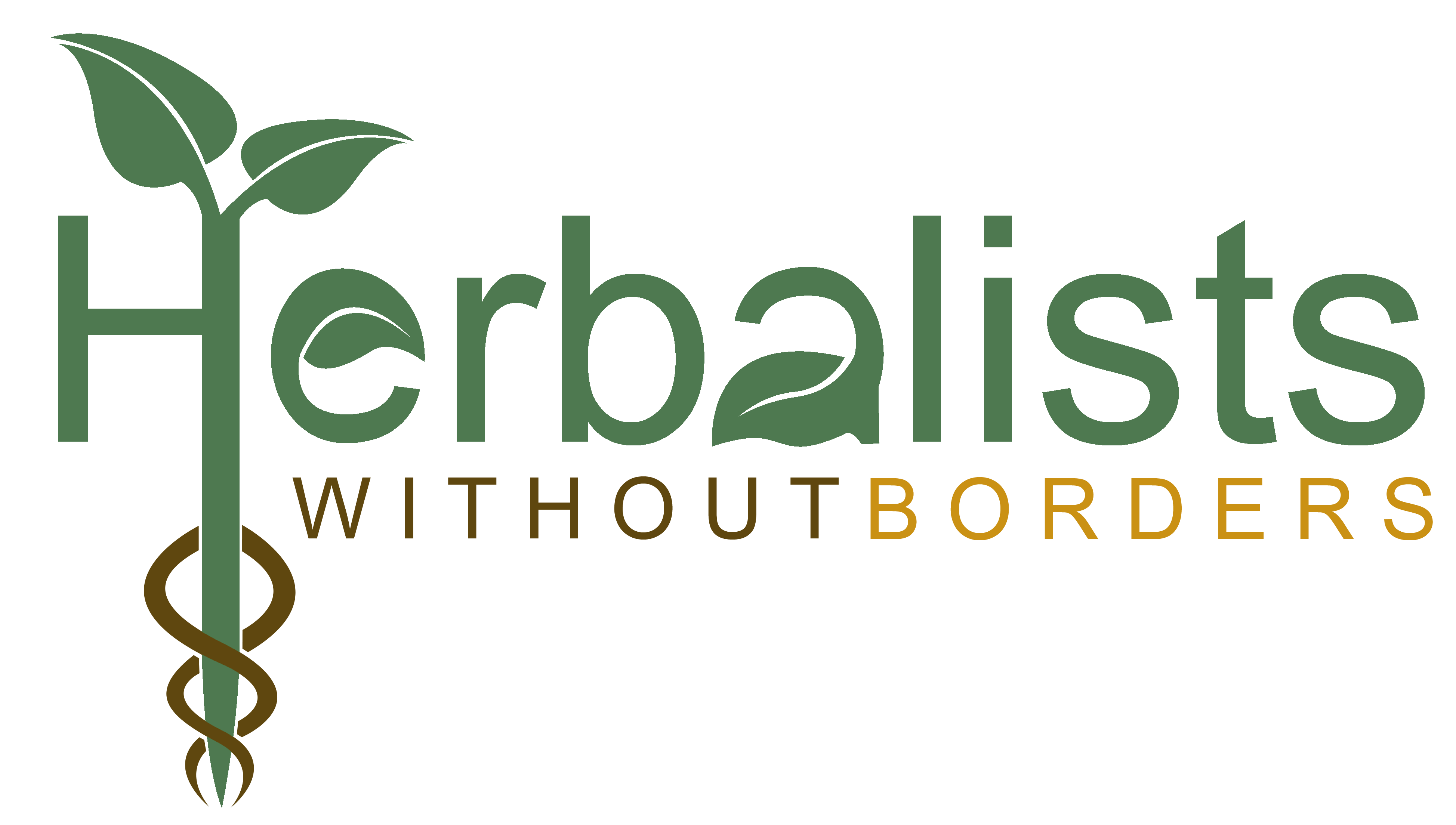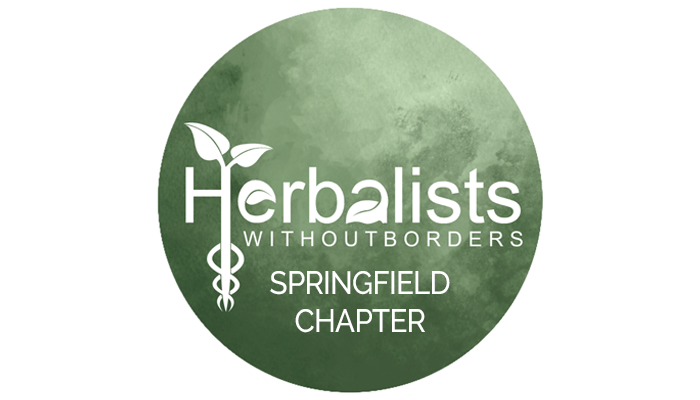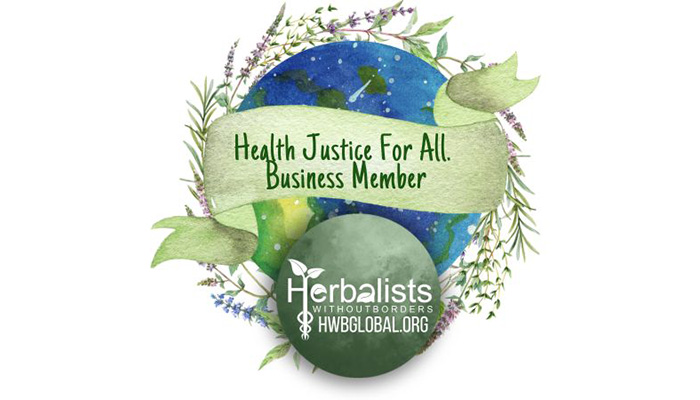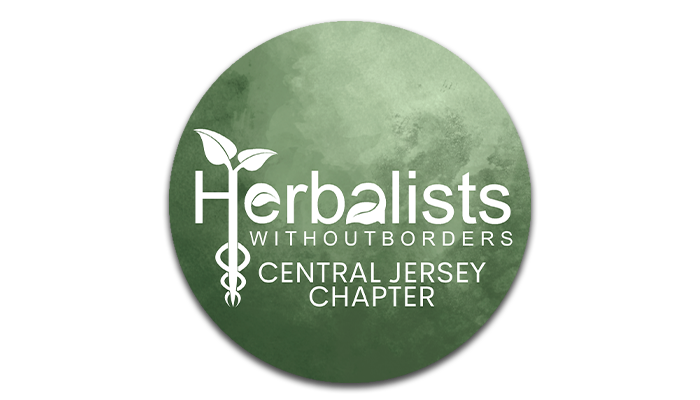Herbalists Without Borders (HWB) is a 501(c)(3) nonprofit and global network of herbalists, growers, educators, and holistic practitioners committed to health access, plant conservation, and health justice.
Our headquarters and U.S. Donation Distribution Network are based in Wisconsin. Please email us for the mailing address to send donations.








